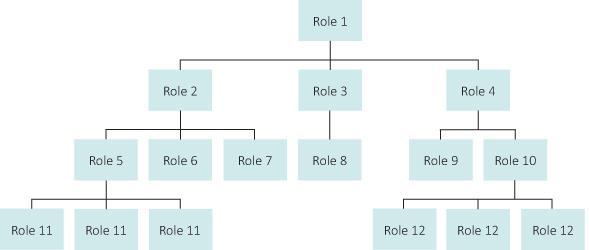
3 minute read
2 Organizational context
The organisational context of [Organization Name] is set out in the following sections. Given the fast-moving nature of the business and the markets in which it operates the context will change over time. This document will be reviewed on an annual basis and any significant changes incorporated. The BCMS will also be updated to cater for the implications of such changes.
2.1 Activities
[Organization Name] undertakes a wide range of business activities within its target sectors and is constantly developing new products and services to bring to market.
Describe:
What does the organisation do? When was it formed? What is its structure e.g. group of companies? What is its main industrial sector? Who are its main customers? In which geographical regions does it operate? What is its annual turnover?
2.2 Functions
[Organization Name] consists of the following organizational functions:
Sales and Marketing Finance and Accounting Human Resources Operations Logistics Product Research and Development Project Management Risk and Compliance Consulting Information Technology
An organization chart is shown below:
Figure 1: Organization chart
[Describe where the various functions are based e.g. HR, Finance and Marketing are in a corporate headquarters whilst Operations is in a regional structure spread across X offices nationwide/internationally.]
2.3 Services
[Organization Name] offers the following major services to its customers:
[List the main services]
Specify:
Are all services offered to all customers? Which services create the most revenue and profit? Are any services dependent on others (prerequisites)? Which services are the most high-profile? Are any of the services subject to external regulation? Do any of the services have a health and safety aspect?
2.4 Products
[Organization Name] offers the following major products to its customers:
[List the main products]
Specify:
Are all products offered to all customers? Which products create the most revenue and profit? Are any products dependent on others (prerequisites)? Which products are the most high-profile? Are any of the products subject to external regulation? Do any of the products have a health and safety aspect?
2.5 Partnerships
[Organization Name] has a policy of forming partnerships with other organizations which complement its own offerings and bring increased benefits to its customers.
The following major partnerships are currently in place:
For each partnership specify:
Organization name Location(s) Nature of partnership Which products or services are affected by the partnership Which/how many customers are involved How long the partnership has been in place Any other relevant information
2.6 Supply chains
In order to provide our products and services to our customers several important supply chain routes are in place. The major ones are:
Describe for each supply chain:
The products and services affected The links in the supply chain both in terms of organizations involved and geography How established the supply chain is Revenue and profit value that relies upon the supply chain Any other relevant information
2.7 Relationships with interested parties
In addition to our partners and suppliers, [Organization Name] has many other interested parties it deals with. These include:
Citizens Customers Distributors Shareholders Investors Owners Insurers Government Regulators Recovery service suppliers Competitors Media Commentators Trade groups Neighbours Pressure groups Emergency services Other response agencies Transport services Dependents of staff
List for each significant Interested Party:
Name of organization The nature of the interest Degree of influence over the organization Value of the interest (if appropriate) Any other relevant information
2.8 Potential impact of a disruptive incident
The impact of any specific incident will obviously depend upon its nature and a comprehensive risk assessment is maintained to assess and mitigate those that can be reasonably identified. In general terms the potential impact of an inability to perform normal business processes will be shown in one or more of the following key areas:
Loss of sales revenue Risk to life on health and safety grounds Loss of reputation/customer confidence
Inability to meet our legal obligations Breach of contractual obligations Loss of business opportunity
[Explain which of the above apply to your organisation and to what extent. Identify any other impacts that are specific to you].


